Got some story ideas for you!
As you know, I’m co-editing an upcoming anthology called 20,000 Leagues Remembered, a collection intended to commemorate the sesquicentennial of the publication of Jules Verne’s classic submarine novel. My co-editor, Kelly A. Harmon, and I are are still accepting submissions. Click here for details. This image is what we intend to use for the cover.
We’ve received a good number of submissions, and have accepted several. There’s still room for more, though. I’ll be providing a list of prompts that might help you write a story for this anthology. Feel free to use one, or your own variation of it.
Before I do that, I’ll state the rules for the anthology. Your story:
- must pay tribute in some way to Jules Verne’s novel;
- may be set in any time or place;
- may use characters from Verne’s novel or you can make up your own;
- need not be written in Verne’s style;
- need not be ‘dark’ (as stories in other Pole to Pole Publishing anthologies have been);
- must capture, in your own way, the sense of wonder and adventure for which Jules Verne is famous;
- demonstrate a significant and obvious connection with Twenty Thousand Leagues Under the Sea; and
- must not disparage either the novel or its author.
Some of the prompts below may describe stories we’ve already accepted. That’s okay; write your story your way. Here are those promised prompts:
- What if Captain Nemo had a time machine?
- What was Captain Nemo’s (Prince Dakkar’s) origin story?
- What adventures did Nemo have aboard the Nautilus before the events of Verne’s novel?
- Did the Nautilus survive the volcanic eruption on Lincoln Island? What if it were salvaged today?
- Did any of the Nautilus crewmen have an unusual talent, or a story worth telling?
- What if a Nemo-like character were captain of an airship, a spaceship, a mole-machine?
- What if a theme park (not starting with ‘D’) featured Twenty Thousand Leagues-inspired tour submarines, but one of the subs broke free of the designated ride?
- What if Jules Verne rode a submarine before writing the novel?
- What if a high-tech submarine manned by mysterious pirates began endangering sea travel today, how would the world’s navies react?
- What’s the story of Captain Nemo’s wife? His children?
- What if, in reaction to Nemo’s attacks, one or more of the world’s navies built a squadron of submarines designed to hunt down and destroy the Nautilus?
- Did Captain Nemo have a pet? Tell its story.
Admit it. Some of those did get your creative fluids pumping around, didn’t they? Now all you have to do is write your story and submit it here. The hard part’s already been done for you by—
Poseidon’s Scribe

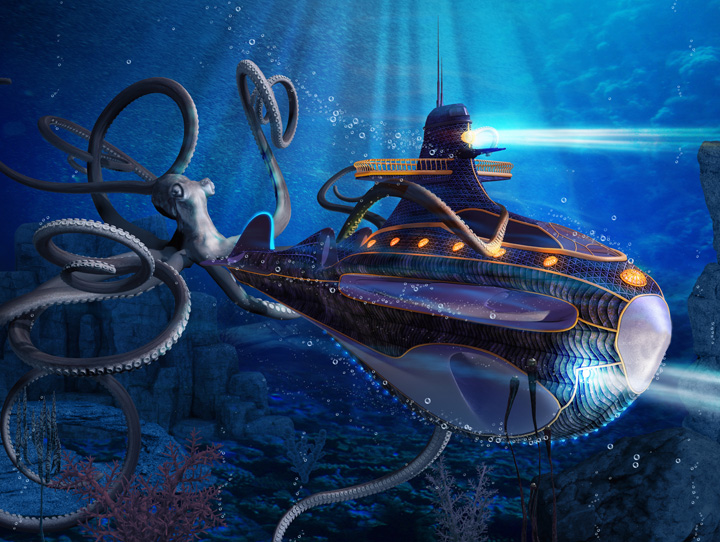
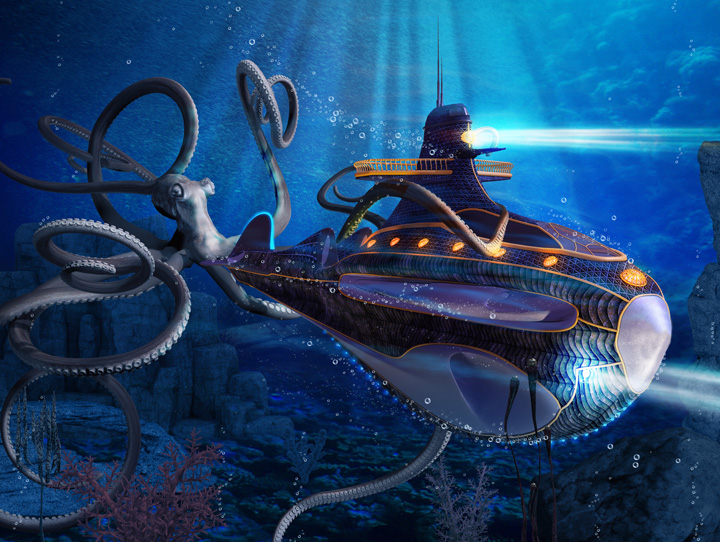
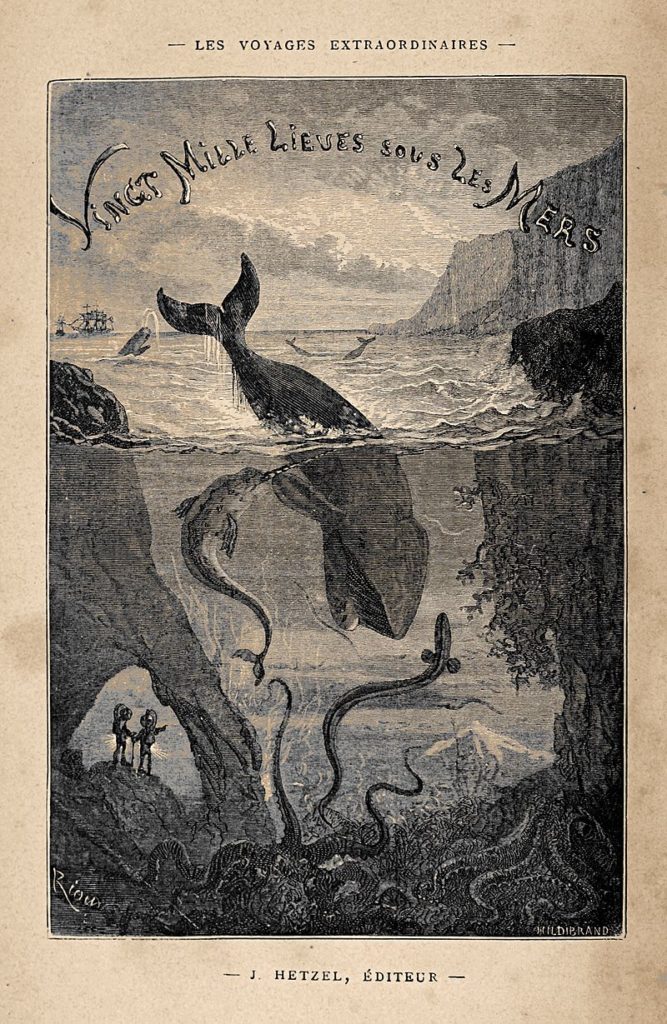



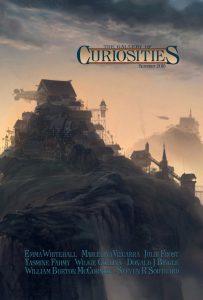
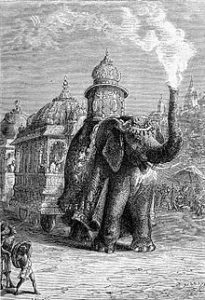

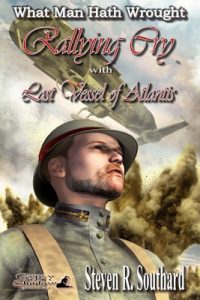

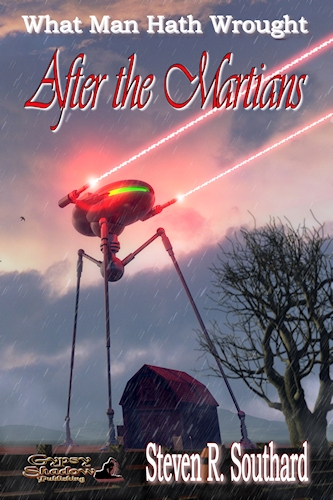
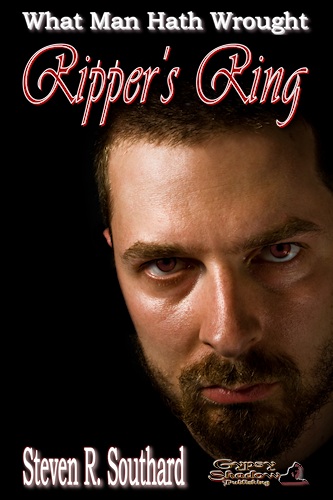
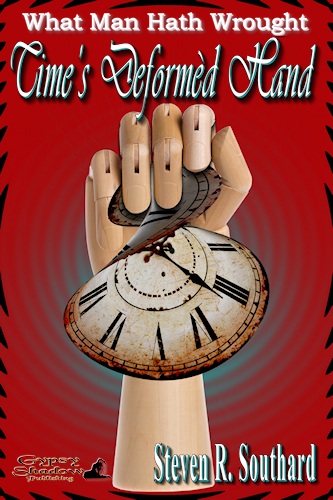
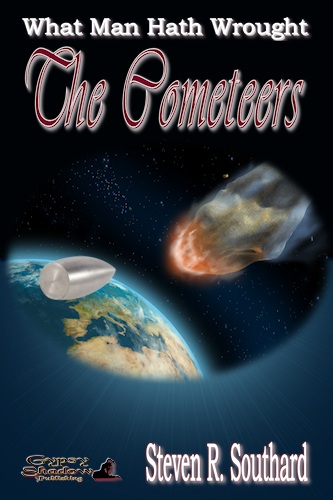
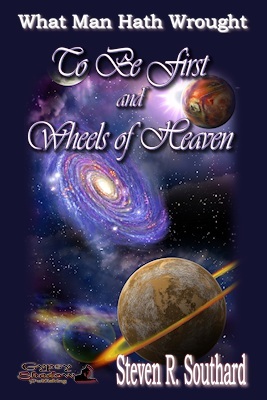
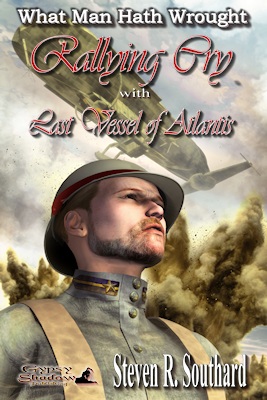
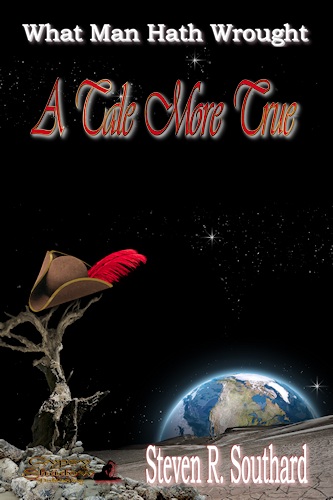
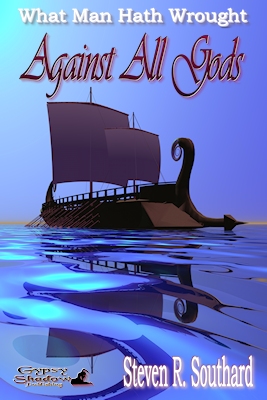

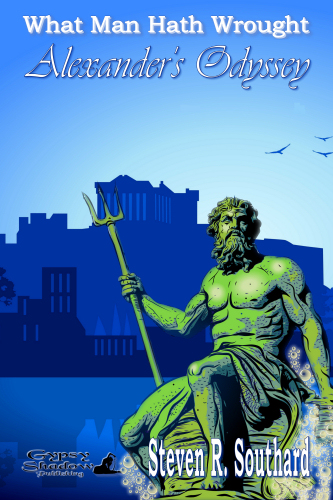
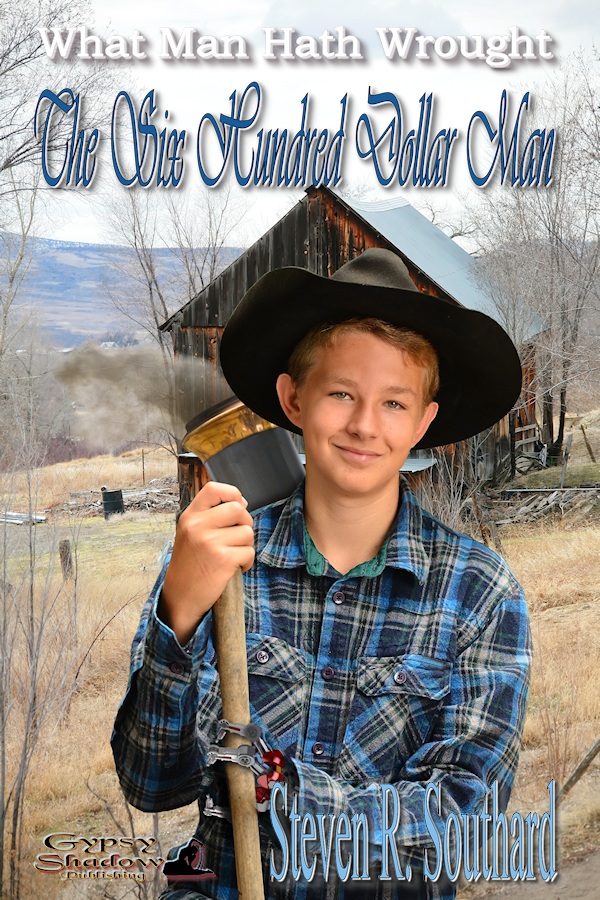
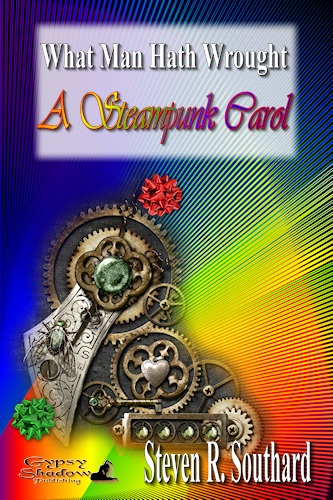

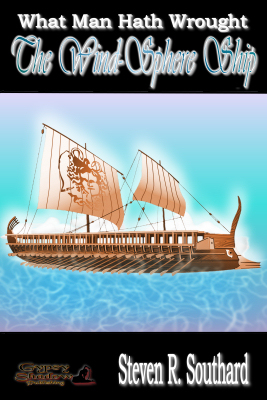


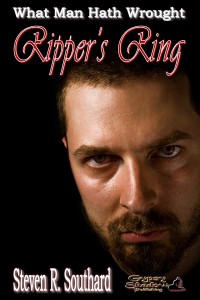
 ten (top five, even) of the nominated horror short stories of 2015. I’m proud of “Ripper’s Ring” and gratified that readers think enough of it to send in their votes.
ten (top five, even) of the nominated horror short stories of 2015. I’m proud of “Ripper’s Ring” and gratified that readers think enough of it to send in their votes.![Pageflex Persona [document: PRS0000039_00001]](https://stevenrsouthard.com/wp-content/uploads/2015/10/HidesTheDarkTower-DigitalCover-FINAL2-683x1024.jpg)